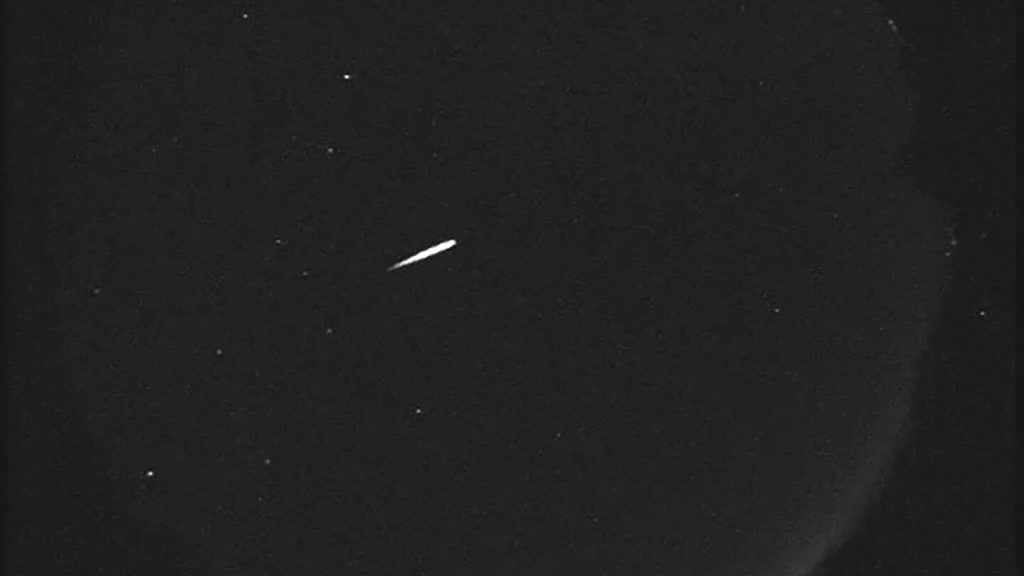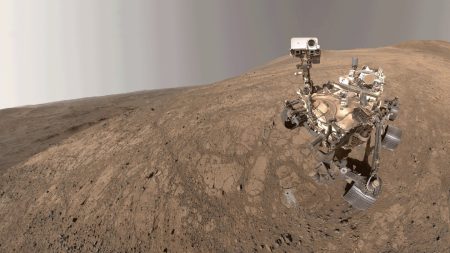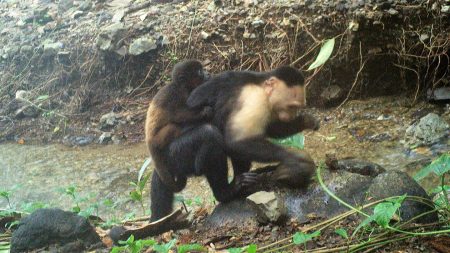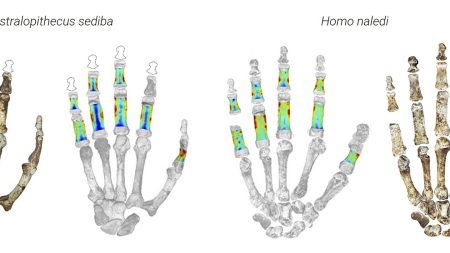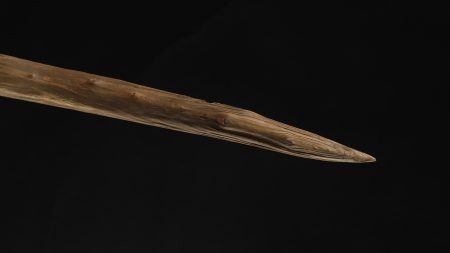The Orionids meteor shower, which originates from Halley’s comet, is set to peak early on Monday, presenting a celestial spectacle for stargazers. While the shower can vary significantly year to year in terms of meteor visibility—offering anywhere from 20 to 60 meteors per hour under ideal conditions—this particular year may pose challenges for observation. A waning moon, approximately 83% full, will be present in the night sky, potentially obscuring the brilliance of the meteors. The Orionids can be a captivating fireworks display in some years and rather quiet in others, which adds an element of unpredictability to this annual event. Fortunately, the meteor shower will remain active until November 22, providing additional opportunities for observation throughout the month.
Meteor showers are notable astronomical events, occurring at regular intervals throughout the year. Most meteor showers are the result of debris from comets entering the Earth’s atmosphere, which creates visible streaks of light as these fragments burn up due to the intense friction with air. Specifically, the Orionids are comprised of particles shed by Halley’s comet. When these space rocks, which can vary greatly in size from tiny debris to larger boulders, collide with our atmosphere, they create a bright glow known as a “shooting star.” The futility in predicting the exact number of meteors visible during the Orionids stems from the fact that Halley’s comet does not shed a consistent quantity of particles each year.
For those interested in catching a glimpse of this celestial display, the best viewing times typically fall between midnight and dawn. Optimum conditions for enjoying meteor showers include dark skies away from urban light pollution. Additionally, a clear, cloudless night enhances visibility significantly, while the moon should ideally be at its least brightness for the best experience. Stargazers are advised to allow their eyes to adjust to the darkness, as using devices such as smartphones can hinder night vision and reduce the likelihood of spotting shooting stars.
October has been a vibrant month for meteor enthusiasts, with notable celestial events including the recent supermoon and sightings of the Tsuchinshan-Atlas comet. The meteor community regularly updates a schedule of forthcoming significant meteor showers, detailing peak viewing times and expected moonlight conditions. Following the Orionids, the upcoming Southern Taurid meteor shower, which peaks in early November, promises to be another exciting opportunity for astronomy fans.
In summary, the Orionids meteor shower is an exceptional annual event cultivated by the debris from Halley’s comet, captivating stargazers with its unpredictable nature. While this year’s peak may be challenged by the bright waning moon, the Orionids will offer chances for observation until late November, ensuring that enthusiasts will have multiple nights to experience the meteor shower. Meteor showers, including the Orionids, serve as a fascinating window into the nature of our universe, showing us the remnants of celestial bodies that have entered our atmosphere.
As such, observing meteor showers not only allows individuals to appreciate the beauty of these phenomena, but also encourages an understanding of the cosmos and the dynamic forces at play within it. Tools and resources provided by organizations such as NASA and meteor societies help to foster enthusiasm and knowledge, ensuring that both novice and experienced sky watchers can enjoy these spectacular displays. Whether relishing the thrill of the Orionids or preparing for future showers, the night sky continues to offer endless wonder and discovery.




